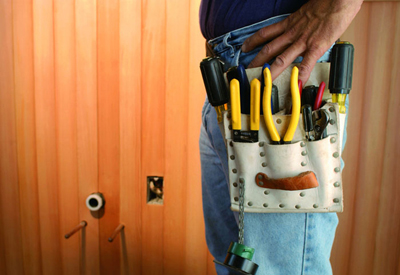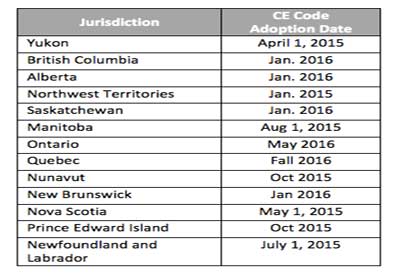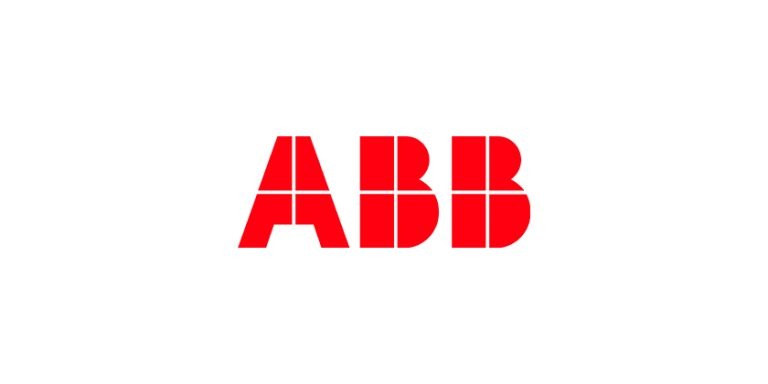Établir le moment où les nouveaux documents du Code s’appliquent

Pierre McDonald
Les exigences en matière de sécurité changent constamment. On peut facilement le constater chaque année lorsque les publicités pour les nouveaux modèles d’autos sont lancées. Les fabricants affirment tous que leur véhicule est le plus sécuritaire de sa classe. Est-ce la même chose avec les normes et standards du Code électrique? Les comités travaillent avec une pression de plus en plus forte alors que l’échéancier de publication approche pour finaliser les exigences de sécurité dans un document révisé pour utilisation par l’industrie. Certaines normes ont une histoire et sont attendues, d’autres sont nouvelles et doivent être acceptées. Ces documents sont produits avec l’espoir qu’ils contribueront à un environnement plus sécuritaire.
Safety requirements are constantly changing. We often see this with the new car ads that come out every model year with manufacturers claiming their vehicle is the safest in its class. Does the same hold true for electrical codes and standards? Committees work under increasing pressure as a publication deadline approaches, only to finalize safety requirements in a revised document to be “put out there for use by the industry.” Some codes and standards have a history and are expected, while others are new and have yet to be accepted. In both cases these documents are put forward with the anticipation they will contribute to a safer environment.
In June 2015, the Canadian Advisory Council on Electrical Safety (CACES) met at its annual meeting. This council is an influential body regarding electrical safety, and comprises regulatory members representing every province and territory, as well as representatives of certification bodies, Inspection bodies and standard development organizations. They meet to discuss codes, standards, safety issues, and how they can all work together for a safer electrical industry. One of the summary discussions on the agenda was when the regulatory authorities anticipate the newly published Canadian Electrical Code (CE Code) might become a mandatory requirement within each of their jurisdictions.
The CE Code adoption process varies in each jurisdiction as the provinces and territories have the right to mandate electrical safety as they see fit. Some jurisdictions will adopt the CE Code as published while others amend certain requirements to fit their needs. Not only what is adopted differs from jurisdiction to jurisdiction, but the adoption process itself varies throughout Canada. Some jurisdictions have the CE Code automatically come into force after a fixed time has passed from the code publication date, while other jurisdictions consult with stakeholders and users prior to CE Code adoption. This process could vary from a few months to well over a year and perhaps longer, depending on government priorities at the time. Pressure is front and centre for national harmonization of standards and automatic adoption of codes.
With regard to equipment standards, these requirements are basically set through the Canadian Electrical Code Part II standards and those standards published by ULC Standards (see Appendix A of the 2015 CE Code). These standards ensure that equipment installed in conjunction with the CE Code will be compatible and safe to use under the installation rules. The following table illustrates the adoption dates as to when the 2015 CE Code has become or will become adopted in the provincial and territorial jurisdictions in Canada. Jurisdictions that have already adopted the 2015 edition CE Code include the Yukon Territory, the Northwest Territory, Manitoba, Nova Scotia, and Newfoundland and Labrador. Others will follow over the next several months

(Note that certain Municipalities also adopt the CE Code outside of provincial legislation, e.g., St John’s, Winnipeg)
While it is anticipated that the CE Code will be adopted within the above time periods, provincial and territorial legislators always have the final decision. Legislative priorities change very quickly, which could result in substantial delays. Legislation is not an exact science; check with the authority having jurisdiction.
Additional information on the CE Code and other codes or standard requirements within each jurisdiction can be obtained by contacting the appropriate provincial or territorial authority.
For contact information on code authorities (building, fire, gas, plumbing, electrical and environmental) responsible for codes in Canada, please use the following link from the ULC website: http://canada.ul.com/codeauthorities/codeauthoritiesincanada/.
So, does the revision and subsequent adoption of electrical codes and standards always make for a safer electrical installation? While this is one piece of the puzzle, a safe installation requires that all puzzle pieces fit together as intended. From the work done by codes and standards committees through the manufacturers, testing and certification bodies, and Installers right down to the end users, electrical safety needs every part to fit together for a safe electrical environment.
Read More from Pierre McDonald:
– Le Code et la sécurité publique par les normes sur les produits électriques
– Législation provinciale et exigences administratives du Code électrique
– Section 62 : Appareillage fixe de chauffage électrique
– Maintenant disponible: La norme ULC sur la sécurité en matière d’électricité sur les lieux de travail des services publics d’électricité
– Maintenant disponible: La norme ULC sur la sécurité en matière d’électricité sur les lieux de travail des services publics d’électricité: Parte 2
– UL Code Link
– Système de notification de masse et accessoires
– Des changements aux sections 20, 32 et 46 du Code national de l’électricité qui sera adopté sous peu
– Classification des emplacements dangereux, ainsi que des gaz et vapeurs inflammables
Pierre McDonald, CET, is Senior Regulatory Affairs Representative/Répresentant Principal, Affaires Réglementaires, Underwriters Laboratories of Canada Inc. Based in St. Albert, AB, Pierre has been a member of the Canadian Electrical Code Part 1 technical committee as well as several subcommittees including serving as Chair of Sections 6 and 76 and as a member representing regulators on several other CSA committees. Pierre is still active with code development and interpretation.











